Maintaining a crystal-clear aquarium is a point of pride for many fish enthusiasts, but algae growth can quickly transform your underwater showcase into a murky green disappointment. While chemical algaecides offer a quick fix, they introduce potentially harmful substances into your aquarium’s delicate ecosystem. Fortunately, numerous natural, chemical-free methods exist to prevent and control algae growth effectively. These approaches focus on addressing the root causes of algae proliferation rather than simply treating the symptoms, resulting in a healthier environment for your aquatic pets and a more visually appealing display for you to enjoy.
Understanding What Causes Algae Growth
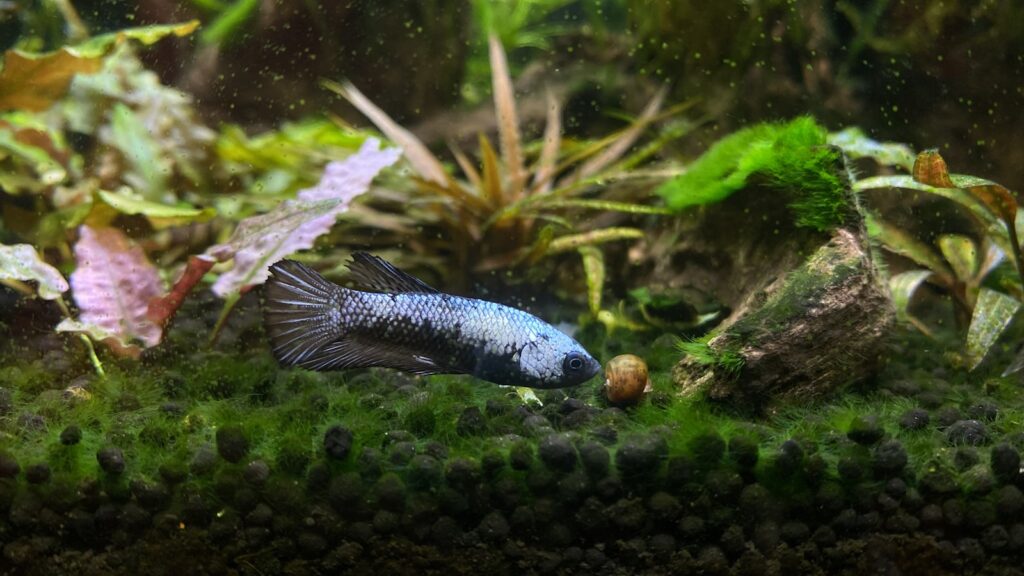
Algae, like all plants, require three essential elements to thrive: light, nutrients, and carbon dioxide. In an aquarium setting, excessive light—particularly direct sunlight or artificial lighting left on for extended periods—creates ideal conditions for algae to flourish. Nutrients primarily come from fish waste, uneaten food, and decaying plant matter, providing the phosphates and nitrates that fuel algae growth. Carbon dioxide is naturally present in your tank water, but high levels, combined with the other factors, can accelerate algae proliferation. Understanding this trinity of algae requirements helps aquarists develop effective prevention strategies that target these fundamental growth factors without resorting to chemicals.
Optimizing Light Management
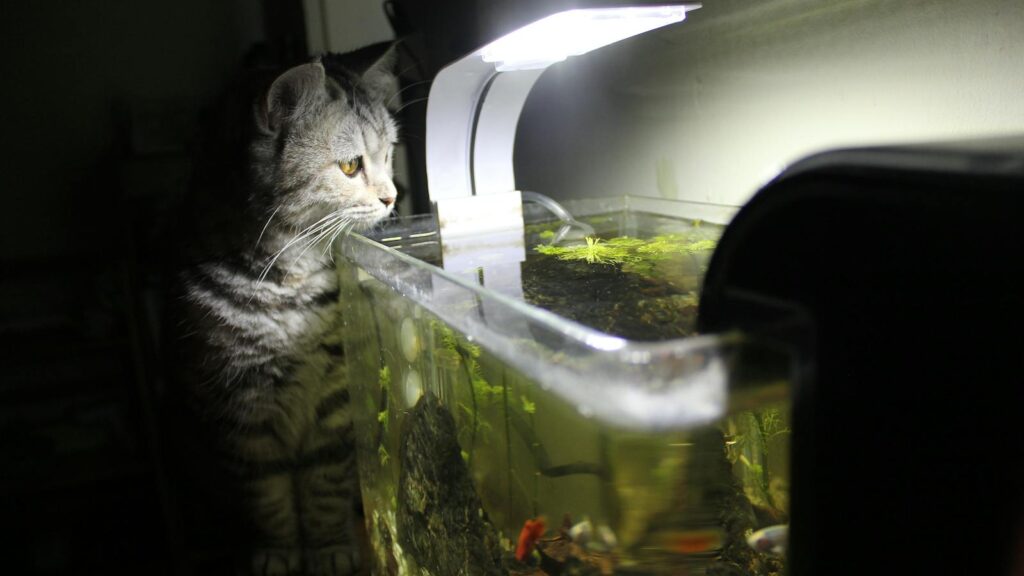
Light management stands as one of the most effective ways to control algae without chemicals. Limit your aquarium lighting to 8-10 hours daily, as excessive light duration gives algae more time to photosynthesize and grow. Consider investing in a timer for your aquarium lights to ensure consistent on/off cycles that prevent accidental extended lighting periods. Position your tank away from windows or areas that receive direct sunlight, as natural sunlight is particularly effective at promoting algae growth and is difficult to control. If relocating the tank isn’t possible, consider using blinds, curtains, or even aquarium background films on the sides facing windows to reduce excess light exposure while maintaining appropriate illumination for your aquatic plants and fish.
Implementing Proper Feeding Practices
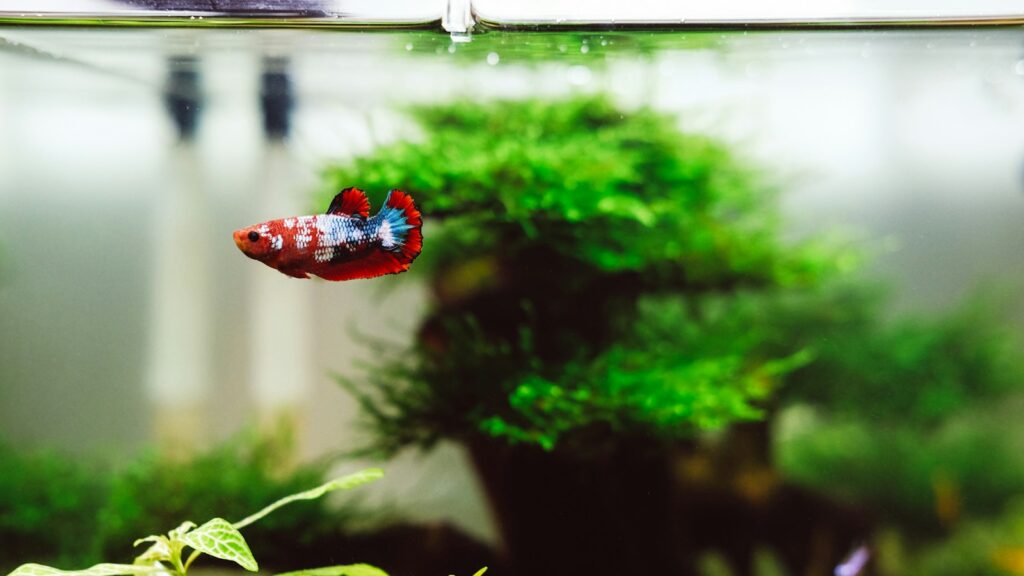
Overfeeding is one of the primary contributors to algae problems in home aquariums. When fish don’t consume all the food provided, the excess breaks down and releases nutrients that fuel algae growth. Adopt a feeding schedule that involves providing only what your fish can consume within two to three minutes, typically once or twice daily for most species. Consider implementing a weekly fasting day, which not only reduces nutrient input but also benefits the digestive systems of many fish species. Choose high-quality foods that fish can digest efficiently, as lower-quality foods often contain fillers that pass through fish partly undigested, contributing to waste and ultimately feeding algae. Observe your fish’s eating patterns carefully and adjust portions accordingly, remembering that slightly underfeeding is generally less problematic than overfeeding from both health and water quality perspectives.
Regular Water Changes and Maintenance

Consistent water maintenance forms the backbone of any effective algae prevention strategy. Perform weekly water changes of 20-30% to remove excess nutrients before they can feed algae growth. During water changes, use a gravel vacuum to remove detritus from the substrate where organic matter often accumulates and decomposes, releasing algae-feeding nutrients. Clean the aquarium glass and decorations regularly to remove any beginning algae growth before it can establish and spread. Rinse filter media in old tank water (never tap water, which can kill beneficial bacteria) during maintenance to preserve your biological filtration while removing trapped organic matter. These regular maintenance practices may seem time-consuming, but they’re far more effective at preventing algae than trying to eliminate it once it’s established.
Proper Filtration Management

Effective filtration plays a crucial role in preventing algae by removing the organic compounds that break down into algae-feeding nutrients. Ensure your filter is appropriately sized for your aquarium volume—generally, look for models that process at least four times your tank’s volume per hour. Regular filter maintenance keeps your system operating at peak efficiency; clean or replace mechanical media according to manufacturer recommendations and avoid cleaning biological media too aggressively, as this can disrupt beneficial bacteria colonies. Consider incorporating chemical filtration media like activated carbon or resins that remove dissolved organic compounds before they can be utilized by algae. For heavily stocked tanks or those with persistent algae issues, consider adding supplementary filtration such as a protein skimmer (for saltwater tanks) or a UV sterilizer that can help eliminate free-floating algae and pathogens.
Balancing Nutrient Levels
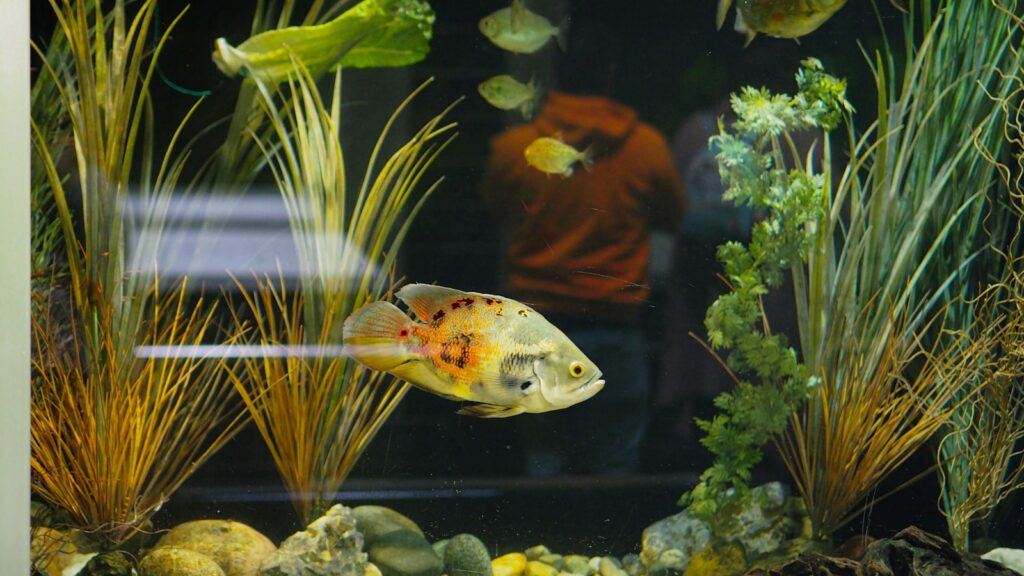
Successful algae prevention often comes down to maintaining appropriate nutrient levels in your aquarium water. Test your water regularly for nitrates and phosphates, the primary nutrients that fuel algae growth, using reliable aquarium test kits. Keep nitrate levels below 20ppm in freshwater tanks and even lower (under 5ppm) in saltwater systems to limit algae’s food supply. If you detect elevated phosphate levels, consider using phosphate-removing filter media or natural phosphate absorbers like lava rock rather than chemical treatments. Be mindful of your source water quality, as tap water in many areas contains phosphates or nitrates; using reverse osmosis or deionized water for water changes can help control input nutrients. Remember that while plants and algae compete for the same nutrients, healthy plants are better competitors when provided with appropriate carbon dioxide levels, creating a natural balancing system in planted tanks.
Introducing Live Plants as Algae Competitors
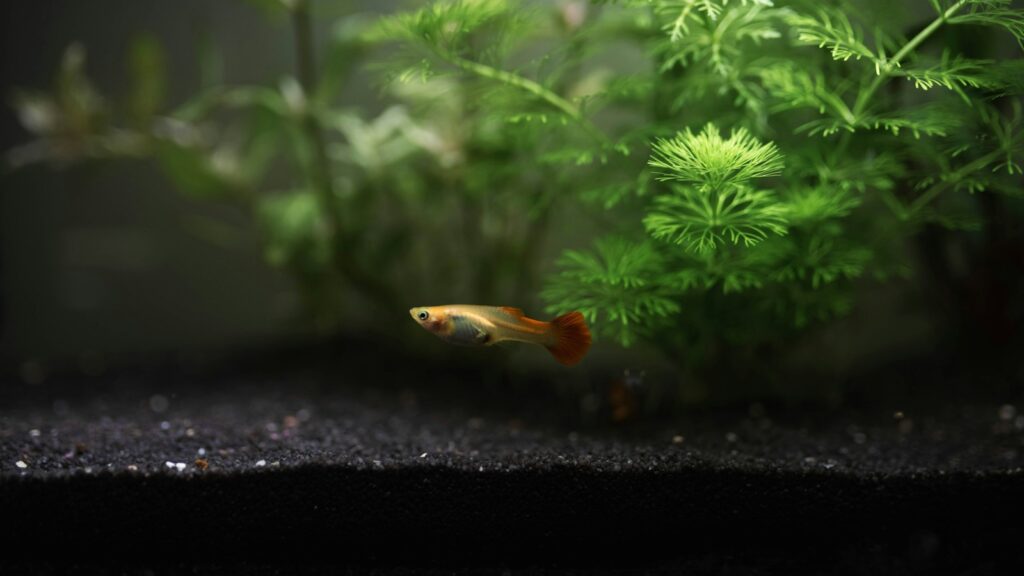
Live plants serve as nature’s algae control system by competing directly with algae for available nutrients and light. Fast-growing species like hornwort, water sprite, and hygrophila are particularly effective at absorbing excess nutrients before algae can utilize them. Floating plants such as duckweed, water lettuce, or frogbit provide the additional benefit of shading the water column, reducing light penetration that algae need for photosynthesis. For successful plant growth that outcompetes algae, ensure adequate but not excessive fertilization, appropriate lighting spectrums (plants prefer red and blue wavelengths more than algae), and consider CO2 supplementation for demanding plant species. Even in tanks where extensive planting isn’t desired, incorporating some fast-growing plant species can significantly reduce algae problems while adding natural beauty and providing beneficial hiding places for fish.
Utilizing Algae-Eating Tank Inhabitants
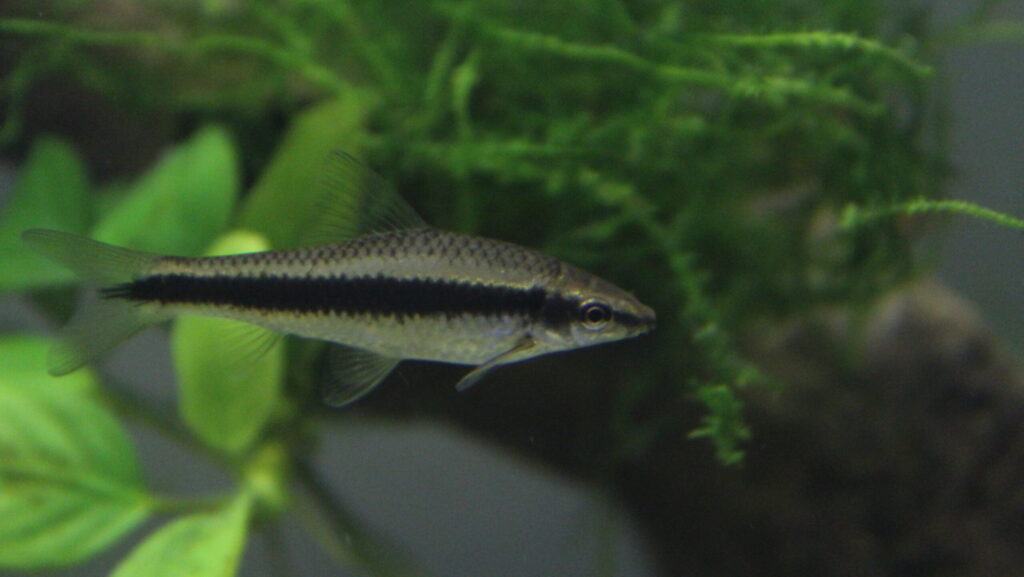
Nature provides excellent algae management solutions in the form of creatures that consume it as part of their natural diet. In freshwater aquariums, Otocinclus catfish, Siamese algae eaters, nerite snails, and Amano shrimp are renowned for their algae-consuming abilities, with each species specializing in different types of algae. Saltwater tank keepers can employ various herbivorous fish, like tangs, blennies, and certain surgeonfish, along with invertebrates such as turbo snails, trochus snails, and various hermit crab species. Research each potential algae-eater carefully before adding them to your system, ensuring they’re compatible with your existing livestock and tank parameters. Remember that these creatures should be viewed as part of your maintenance strategy rather than a complete solution; they work best in tanks where algae growth is already under reasonable control through other preventative measures.
Using Natural Algae Inhibitors
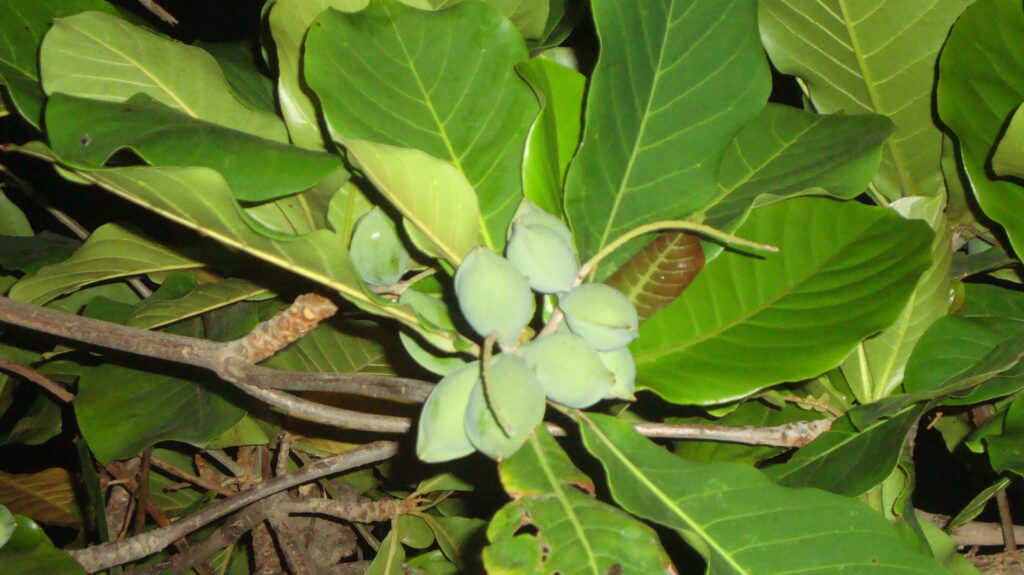
Several natural substances can help discourage algae growth without introducing harmful chemicals to your aquarium. Adding small pieces of Indian almond leaves (also called catappa leaves) to your freshwater tank slowly releases tannic acid and other compounds that naturally inhibit algae while creating beneficial conditions for many fish species. Driftwood similarly releases tannins that can help suppress algae growth while providing natural decor and surface area for beneficial bacteria colonization. In planted tanks, utilizing liquid carbon supplements like glutaraldehyde-based products provides plants with a carbon advantage over algae while having mild algaecidal properties at appropriate dosages. Certain plants themselves, such as hornwort and anacharis, are known to release allelopathic compounds that inhibit algae growth in their vicinity, making them particularly valuable additions to algae-prone systems.
Managing Stock Levels Appropriately

Overstocking is a common but often overlooked contributor to algae problems in home aquariums. Each fish adds bioload to the system through waste production, directly increasing the nutrient levels that feed algae. Research the adult size and waste production tendencies of fish species before adding them to your aquarium, following the general guideline of one inch of fish per gallon of water for small to medium-sized species (and considerably less for larger or messy fish). Consider the filtration capacity of your system when determining appropriate stocking levels, as even the best maintenance routine cannot compensate for a seriously overstocked tank. Monitor ammonia, nitrite, and especially nitrate levels regularly as indicators of whether your biological filtration system is keeping pace with your bioload. Remember that an appropriately stocked tank is not only less prone to algae issues but also provides a healthier, less stressful environment for your aquatic pets.
Establishing Beneficial Bacteria Colonies

A robust population of beneficial bacteria forms the cornerstone of a balanced, algae-resistant aquarium ecosystem. These microscopic allies work tirelessly in your filter media, substrate, and on surfaces throughout your tank, converting toxic ammonia from fish waste first to nitrite and then to less harmful nitrate. Proper cycling of a new aquarium before adding fish ensures these bacterial colonies are established, while avoiding over-cleaning filter media helps maintain their populations in established tanks. Consider adding biological supplements containing beneficial bacteria, particularly after antibiotic treatments or significant water changes, to replenish these crucial microorganisms. In newer tanks or those recovering from issues, bacterial supplements can significantly accelerate the establishment of these colonies, helping to process waste products before they can contribute to algae growth. The presence of a healthy biofilm on surfaces in your aquarium, though sometimes unsightly, often indicates a well-established bacterial community that’s contributing to overall water quality and algae prevention.
Preventing Phosphate and Silicate Introduction
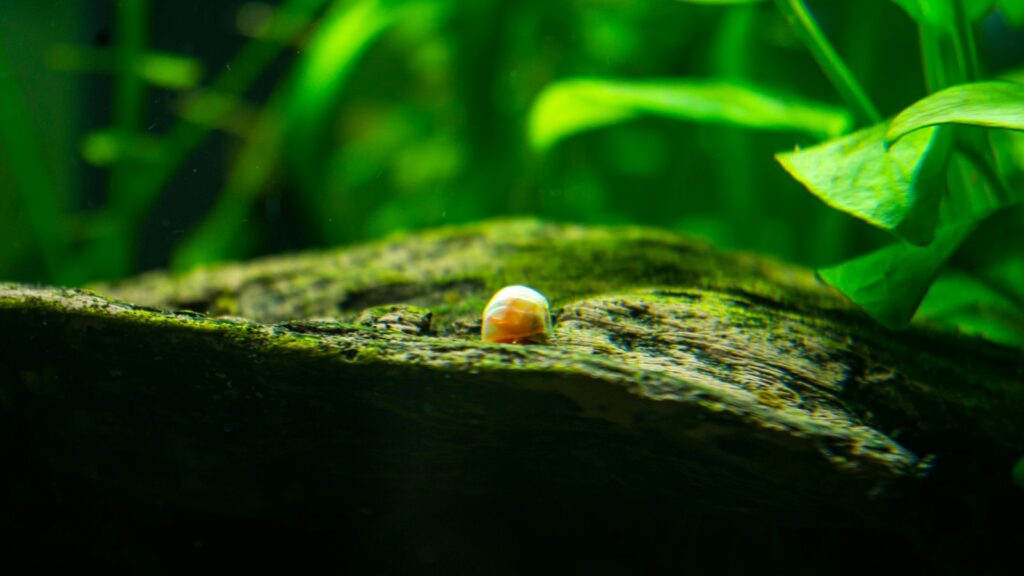
Phosphates and silicates are major contributors to specific types of algae growth, particularly the stubborn brown diatom algae common in newer tanks and the tenacious brush algae that can plague established systems. Many municipal water supplies contain phosphates from treatment processes or agricultural runoff, making water source management crucial for algae prevention. Consider using reverse osmosis (RO) or deionized (DI) water for water changes, particularly in tanks that show persistent algae issues despite other preventative measures. Be cautious with certain aquarium decorations, particularly those containing coral, limestone, or other calcium-rich materials that can slowly release phosphates into the water. Some fish foods, especially lower-quality brands, contain significant phosphate levels as preservatives; researching and selecting brands that minimize these additives can help reduce nutrient introduction. For saltwater aquariums, ensure that salt mixes are high-quality and low in phosphates and silicates to prevent inadvertently feeding algae during water changes.
Creating a Long-Term Maintenance Schedule
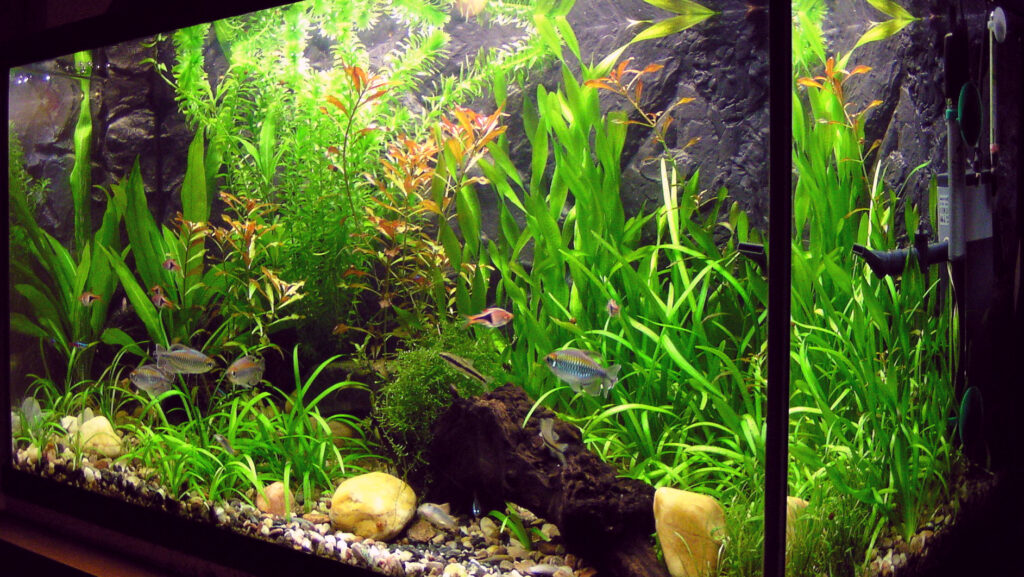
Consistency is perhaps the most powerful tool in natural algae prevention, making a well-planned maintenance schedule essential for long-term success. Create a calendar that includes daily, weekly, monthly, and quarterly maintenance tasks to ensure all aspects of preventative care are addressed regularly. Daily checks might include feeding management and visual inspection, while weekly maintenance typically involves water testing, water changes, and basic cleaning of surfaces. Monthly tasks might include deeper substrate vacuuming, filter maintenance, and thorough examination of equipment functionality. Quarterly or seasonal maintenance could involve more comprehensive system cleaning, assessment of stocking levels, and review of lighting equipment to ensure appropriate intensity and spectrum. Document water parameters alongside your maintenance activities to identify patterns and potential issues before they manifest as serious algae problems. This systematic approach transforms algae prevention from a reactive struggle to a proactive part of your aquarium hobby, resulting in a consistently cleaner, healthier aquatic environment.
Preventing algae growth without chemicals requires a holistic approach that addresses the fundamental factors contributing to algae proliferation. By managing light, controlling nutrients, maintaining appropriate biological balance, and establishing consistent maintenance routines, aquarists can create an environment where algae struggles to gain a foothold. While these natural prevention methods require more ongoing attention than simply adding algaecides, they result in a healthier, more stable aquarium ecosystem that benefits both your aquatic pets and your enjoyment of the hobby. Remember that some algae is natural in any aquatic system, and completely algae-free tanks are rarely achievable without sacrificing overall system health. The goal should be balance rather than elimination, creating a thriving underwater world where fish, plants, and beneficial microorganisms naturally keep algae growth within acceptable limits.

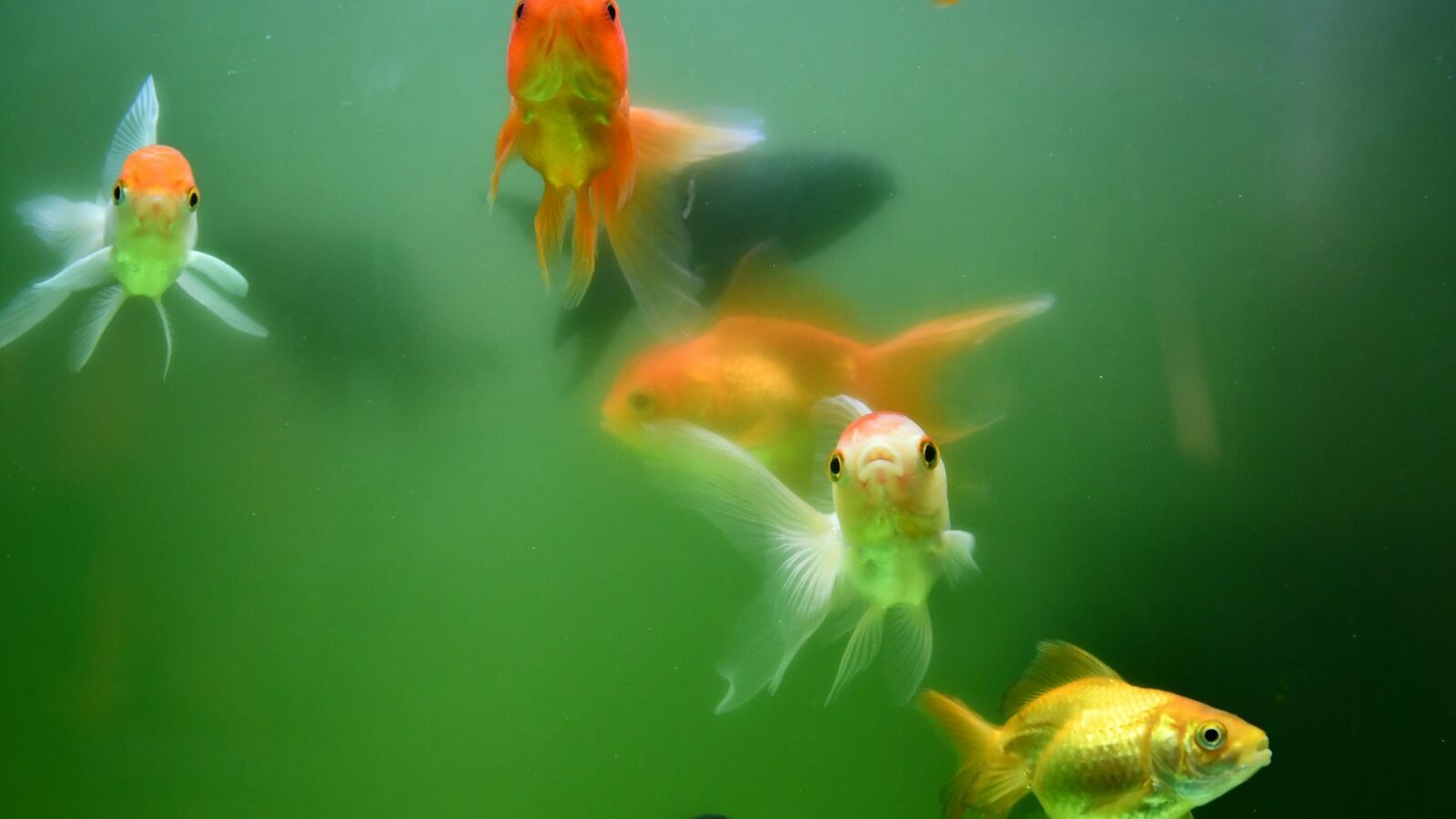
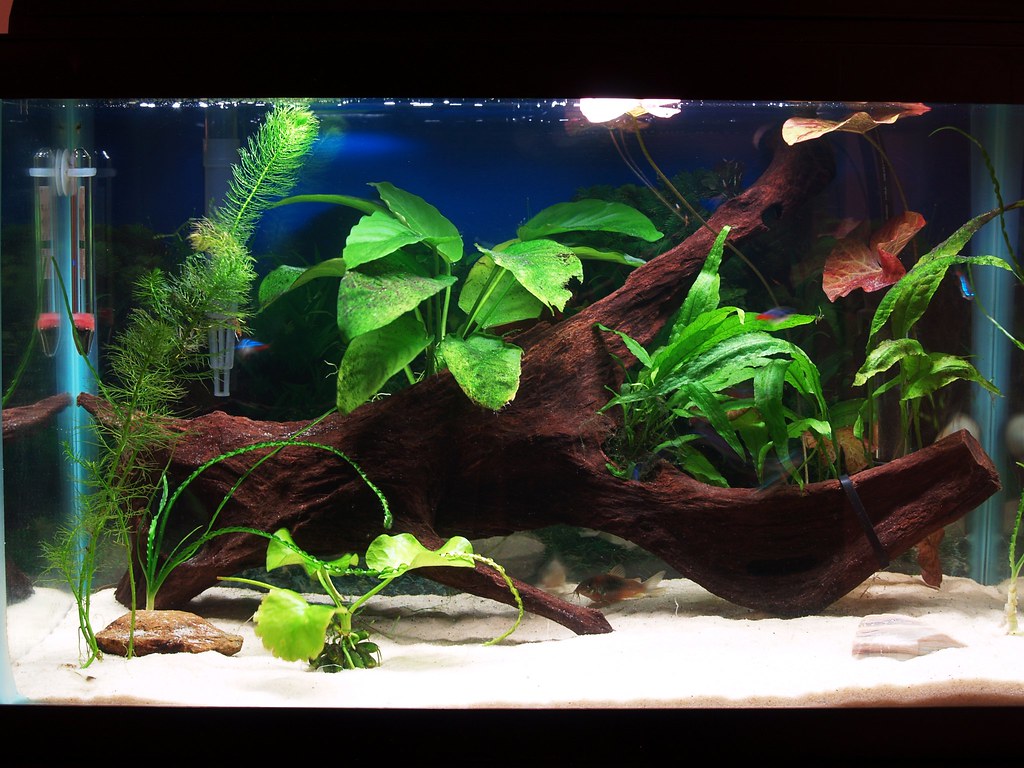
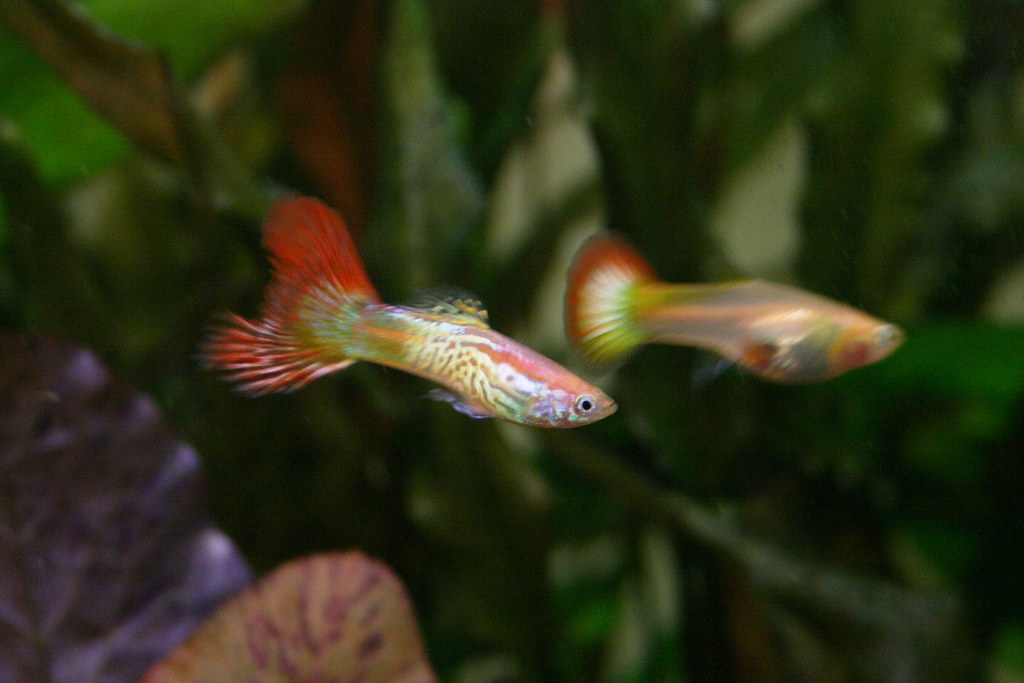
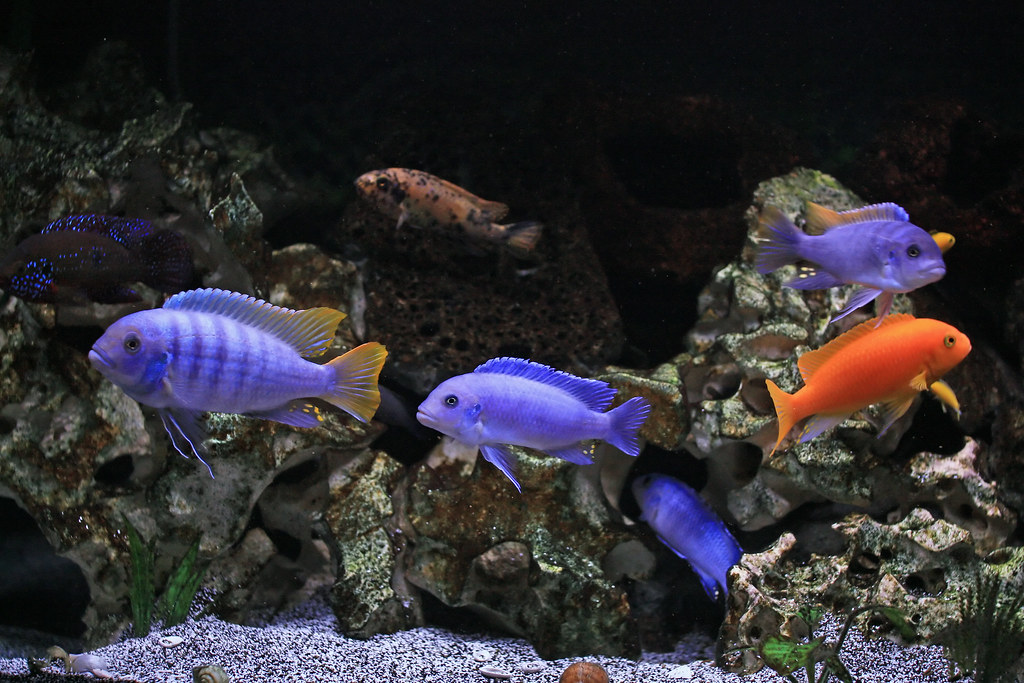
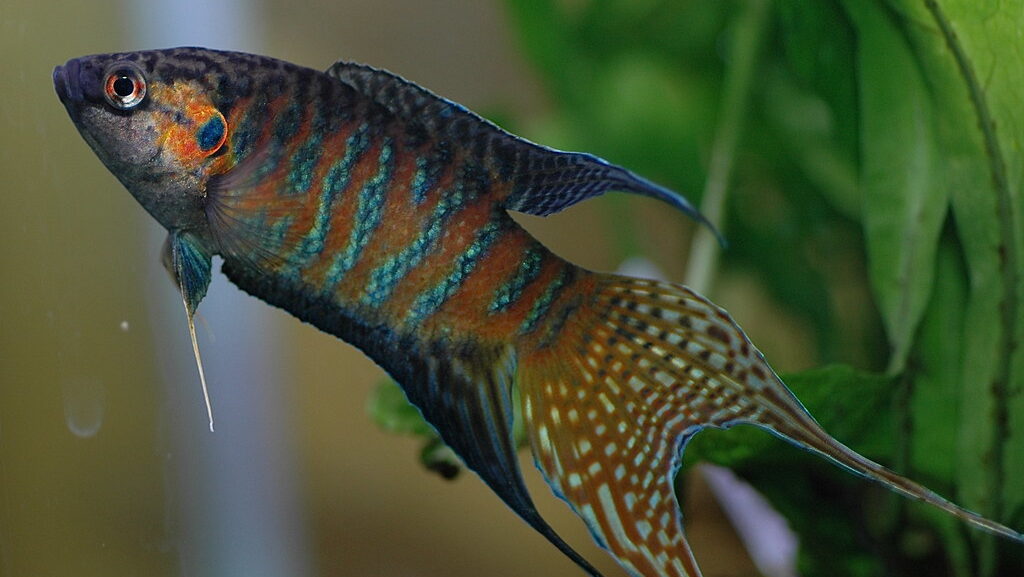
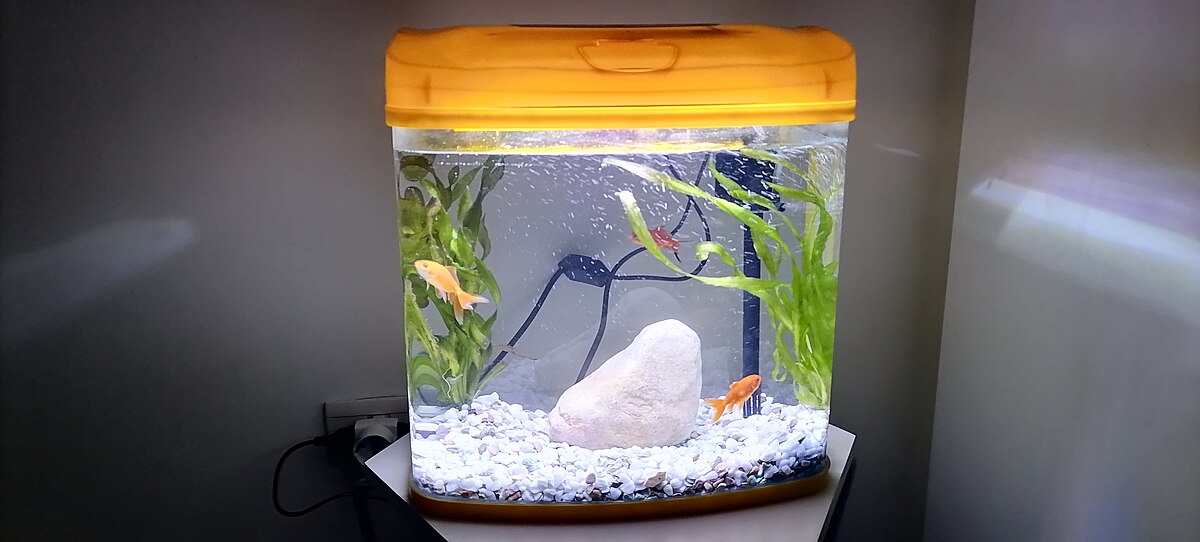
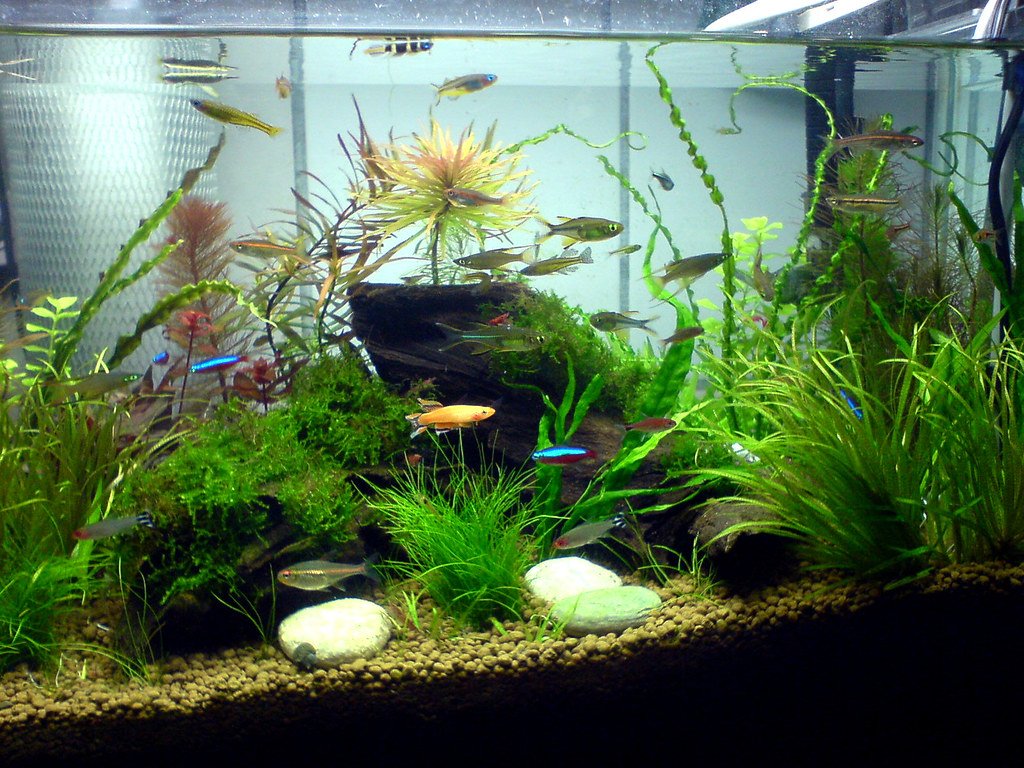
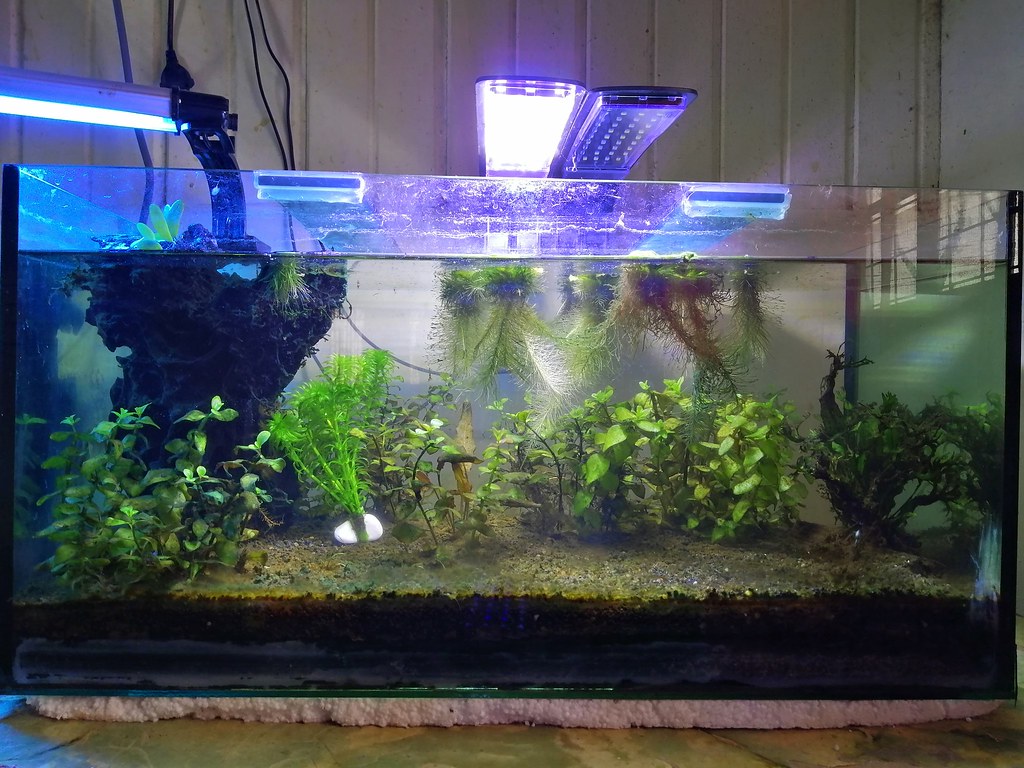
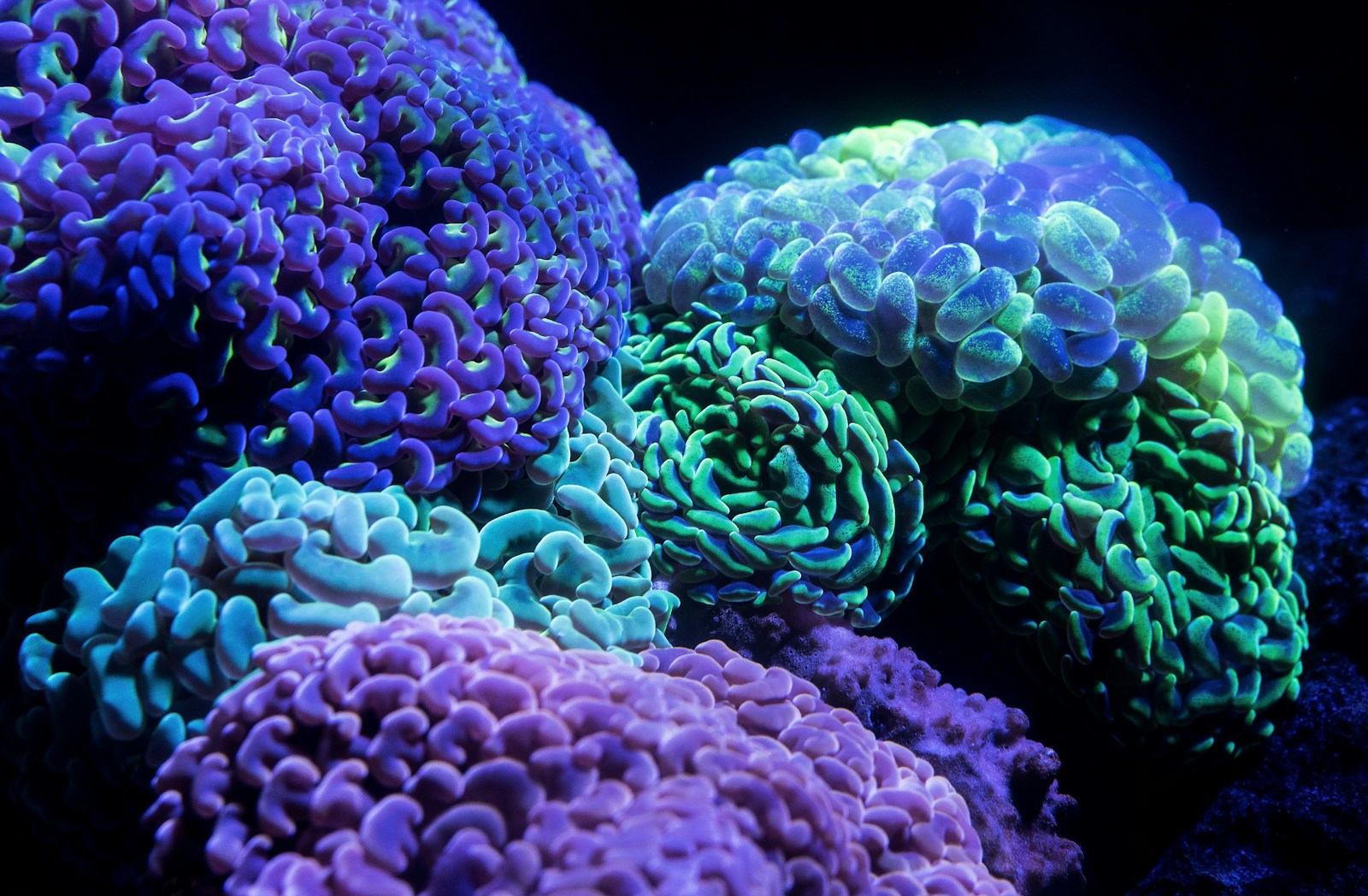

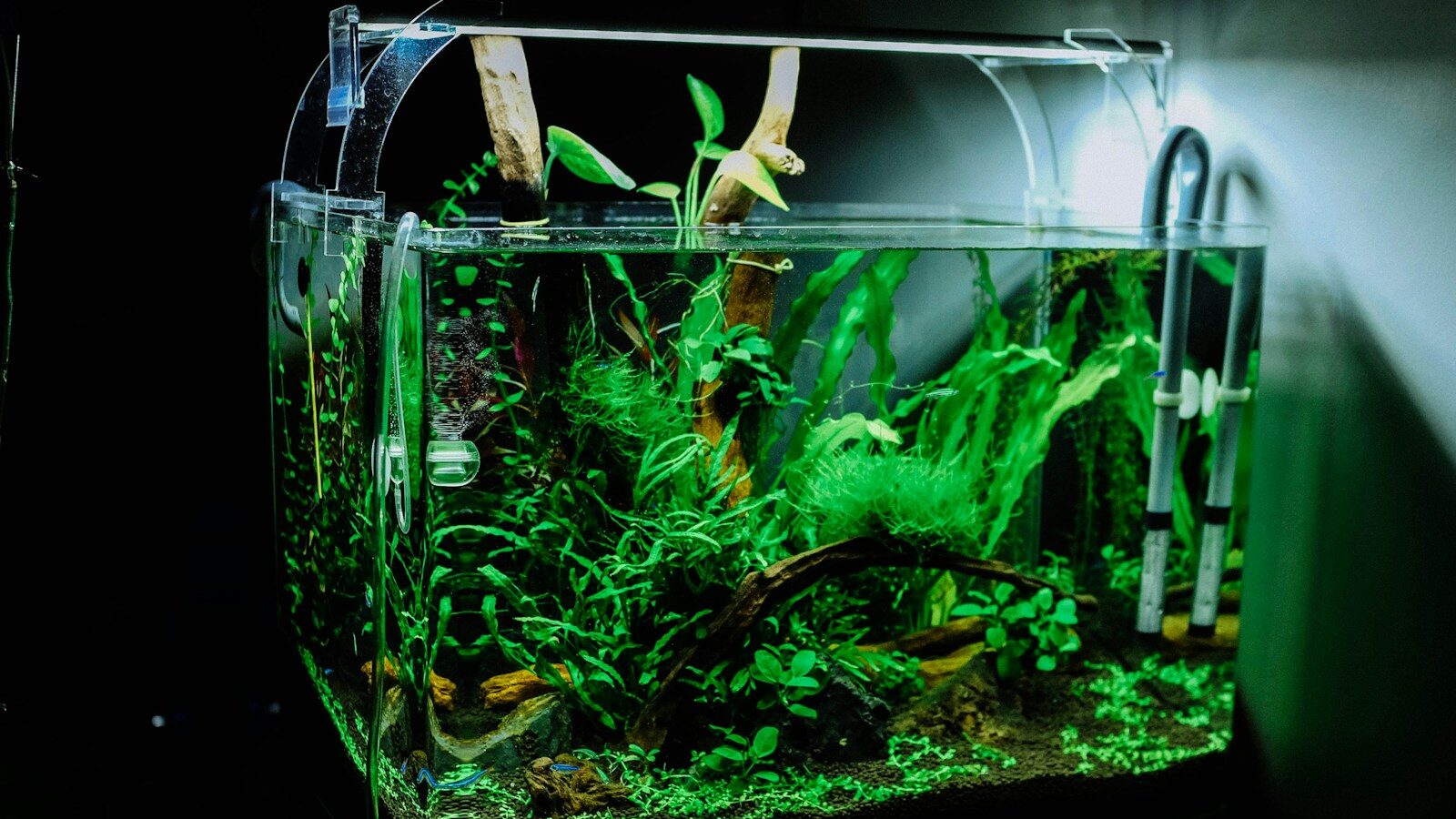




Leave a Reply